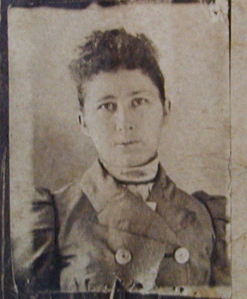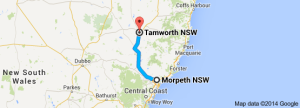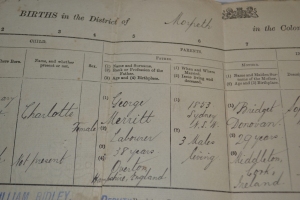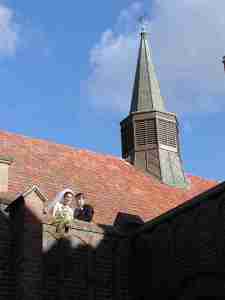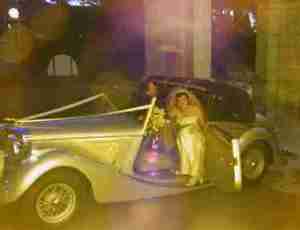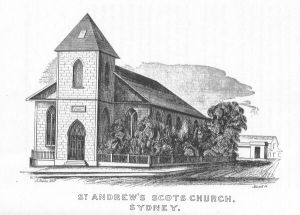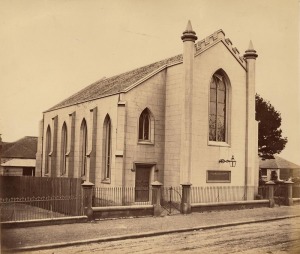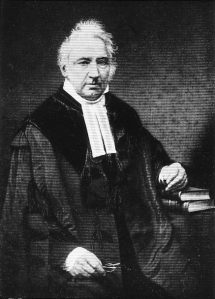As I mentioned in my last post, Bridget and George Merritt were veritable vagabonds constantly on the move through regional New South Wales. After getting married in Sydney, having their first three children in Mudgee and then moving to Morpeth, Tamworth and down south to Borrowa, I found a baptism for their daughter Charlotte Merritt in Wagga Wagga in on the 5 May 1878.
Interestingly, their names had all been Latinised in the records. Charlotte became Charlotta Maria Agnes. George became Georgius and her mother became Birgitta Donovan. Charlotte was baptised at St Michael’s Catholic Church, Wagga Wagga, New South Wales, Australia. This Church building pre-dates the beautiful old stone Church which is St Michael’s today.
Of course, I can not presume that either Bridget or George were living in Wagga Wagga at the time. While these days a 14 year old is still almost considered a child and certainly too young to be living out of home, that wasn’t the case back in in the 1870s. She was old enough to work and could have had an independent position as a domestic servant perhaps.
Wagga Wagga is located on the Murrumbidgee River. The original Aboriginal inhabitants of the Wagga Wagga region were the Wiradjuri people and the term “Wagga” and derivatives of that word in the Wiradjuri aboriginal language is thought to mean “crow”. To create the plural, the Wiradjuri repeat a word, thus ‘Wagga Wagga’ translates to ‘the place of many crows’. However, it wasn’t just the crows which were attracted to the area and poet and author Dame Mary Gilmore noted that the locality was the breeding-ground of birds of all kinds. Food abounded on land and in the water, consequently eggs were plentiful (young birds too), and the crows fared well. So did the eagles, some of which were of great size- Jennifer Strauss, Collected verse of Mary Gilmore,, University of Queensland Press, 2007, p. 642.
WAGGA in the 1870s…
In 1870 Wagga Wagga had been established as a municipality. There were some 2,500 people within its boundaries and about 7,000 in the surrounding districts with about 7,000 acres under agriculture.
In the 1870s the Presentation Sisters established a school in Wagga Wagga. You can read through their history here: http://presentationsociety.org.au/congregations/wagga-wagga/history/
I am just doing some very quick research about Wagga Wagga in the day and it is interesting to note that at the same time that the Presentation Sisters were setting up a convent and school in Wagga Wagga, the infamous bushranger Captain Midnight who was, appeared near the district and was subsequently captured. On 15 November 1879, Captain Midnight arrived looking for work at Wantabadgery Station which is situated about 38 km east of Wagga. When work was refused, Moonlite and his band of 5 others returned and held up all 39 people at the station. Later one of the hostages escaped and three mounted police from Wagga Wagga arrived and were engaged in a shoot out. When the police retreated, Moonlite and his gang escaped only to be captured at another nearby property when police from the neighbouring townships of Gundagai and Adelong arrived. Moonlite was later hung for his crimes. Wikipaedia.
This is obviously very early dates in my research and I am just pasting bits and pieces in as I find them at this stage. I really do like to explore the local context in my research but with Bridget and George moving around so much, my interest in wearing a bit thin…especially as I still haven’t found enough conclusive evidence to order possible death certificates for George Merritt and I have still found no traces of a death for Bridget Merritt at all.
I’ll keep you posted and as usual welcome any contributions.
xx Rowena
Sources:
http://presentationsociety.org.au/congregations/wagga-wagga/history/

